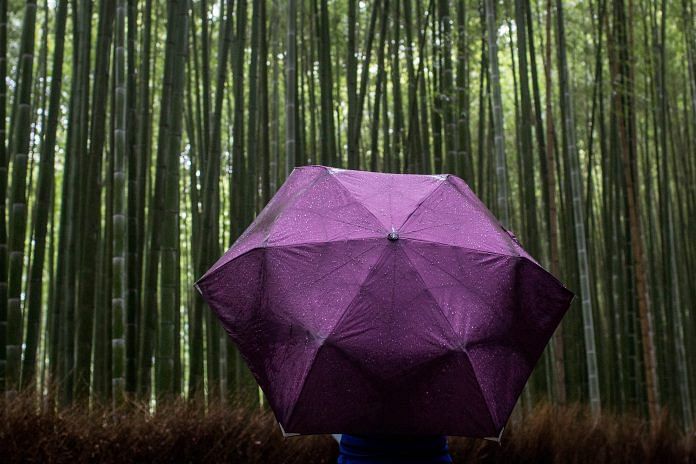
Northeast accounts for 66 per cent of India’s bamboo stock; currently there is negligible export of bamboo from India due to legal hurdles.
New Delhi: The change in the status of bamboo from being a tree to a tradable commodity has sown seeds of hope among farmers and small entrepreneurs in the northeast, which accounts for 66 per cent of India’s bamboo stock.
Parliament last month passed the Indian Forest Amendment Bill, 2017 to exclude bamboo from the definition of tree under the Indian Forest Act. This will exempt bamboo growing in non-forest areas from requiring permits for harvesting and transport.
Union minister of environment and forests Harsh Vardhan said that the amendment to the Forest Act would help tribals, forest dwellers and poor farmers. Earlier in November, Vardhan tweeted a UN Industrial Development Organisation assessment that pegged the bamboo business in the northeast alone to have a potential of about Rs 5,000 crore in the next 10 years.
India is only second to China in bamboo reserves, accounting for 20 per cent of the global production. Given that 66 per cent of India’s bamboo stock comes from the northeast, the change in the law is seen to provide a major boost to small farmers and handicraft entrepreneurs of the bamboo-rich region.
Currently, there is negligible export of bamboo from India, largely due to constraints in bamboo cutting. India’s bamboo export in 2016-17 was only $0.05 million (about Rs 32 lakh). To reverse this trend, the government had relaxed export norms in June last year.
Bamboo as a commodity
Hailing the bill as a good start, Guwahati-based Kamesh Salam, founder of South Asia Bamboo Federation, said he hopes to see momentum on using bamboo as an industrial material.
“I’m looking at bamboo as more of a commodity like tea, coffee or rubber than a forest or non-forest product,” he said.
“Bamboo grows naturally but the moment you start planting it like any other crop, only then the whole value chain will be created,” he added.
Salam, who also served on the apex committee of the National Bamboo Mission under the Ministry of Agriculture, is of the view that commodification of bamboo will help towards increasing productivity, which has been negligible despite vast reserves.
Commercial use
The constraints on the cutting and transit of bamboo (limited to forest dwellers and communities under the Forest Rights Act, 2006) led to India importing stock from Vietnam, China and Indonesia exclusively for making agarbatti (incense sticks).
According to government data, India spent almost 140 per cent more on imports (about Rs 25 crore) than the amount it made on exporting bamboo (around Rs 18 crore) in the FY 2016-17. In the current financial year (up to September 2017), it has earned a little over Rs 9 crore in exports.
In 2017, there has been a visible push towards commercialisation of the tall grass. There were reports that furniture giant Ikea was in talks with the various state governments in the northeast to source bamboo for their products.
Recently, UNIDO joined hands with Numaligarh Refinery Limited in Assam to develop bamboo clusters in the northeast. ThePrint has learnt 3 lakh tonne per annum of bamboo would be sourced from Nagaland, Assam, Manipur, Arunachal Pradesh and Meghalaya.
So far, a bamboo development agency has been set up in three states — Mizoram, Tripura and Nagaland — under the government sponsored National Bamboo Mission for commercial exploitation of bamboo.
Aizawl-based Laldinpuia looks at the amendment as a positive step towards economic self-sufficiency and independence, the objective with which his father, R. Ramhmangaiha started Hnam Chhantu Pawl.
“We welcome investors and industrialists to come in but we would only like our finished products to be sold outside, not export our raw materials,” he said.
Registered in 1995, Hnam Chhantu Pawl has been harvesting and processing bamboo and other natural resources for artisanal crafts and goods in Mizoram, a state with 57 per cent of bamboo cover.
Since land ownership lies with the forest dweller, there’s no other way for the bamboo sector to grow unless industries enter the market, Salam claims.
“The commercial value chain will benefit the farmer since he/she will sell the produce 3-4 times the current rate,” he said.

Appreciate your interest and coverage of Northeast. There are a lot of things going on except NRC.